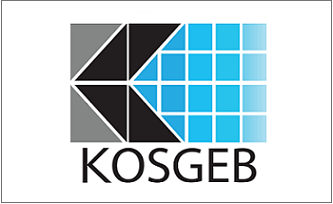
A 6000-bread capacity bread production line refers to a high-volume industrial setup designed to produce up to 6,000 loaves of bread in a specified time frame, typically per hour. These lines are used in large-scale bakeries to meet the demand for mass production, ensuring consistency, speed, and efficiency throughout the process. Key components of such a production line may include:
1. **Ingredient Handling and Mixing**: Automated systems measure and mix ingredients like flour, water, yeast, and other additives in precise quantities to create consistent dough batches.
2. **Dough Divider and Rounder**: The dough is portioned into exact weights and then shaped into rounds to prepare it for proofing.
3. **Proofing**: After shaping, the dough is transferred to a proofing chamber, where temperature and humidity are carefully controlled to allow the dough to rise before baking.
4. **Baking**: The risen dough is sent through high-capacity tunnel ovens that maintain precise baking temperatures to ensure each loaf is evenly cooked.
5. **Cooling**: After baking, the bread must cool down to ensure proper texture and shelf life. Cooling conveyors are used to transport the bread through controlled environments.
6. **Slicing and Packaging**: Once cooled, bread loaves are sliced and then packaged by automated machines to prepare for distribution.
7. **Quality Control and Monitoring**: These production lines often have integrated sensors and software systems to monitor the entire process, from ingredient mixing to final packaging, ensuring the products meet safety and quality standards.
This kind of production line requires a combination of advanced machinery, automation technology, and labor management to ensure continuous, efficient operations while minimizing waste and maintaining quality.












 © 2017 All rights reserved.
© 2017 All rights reserved.
